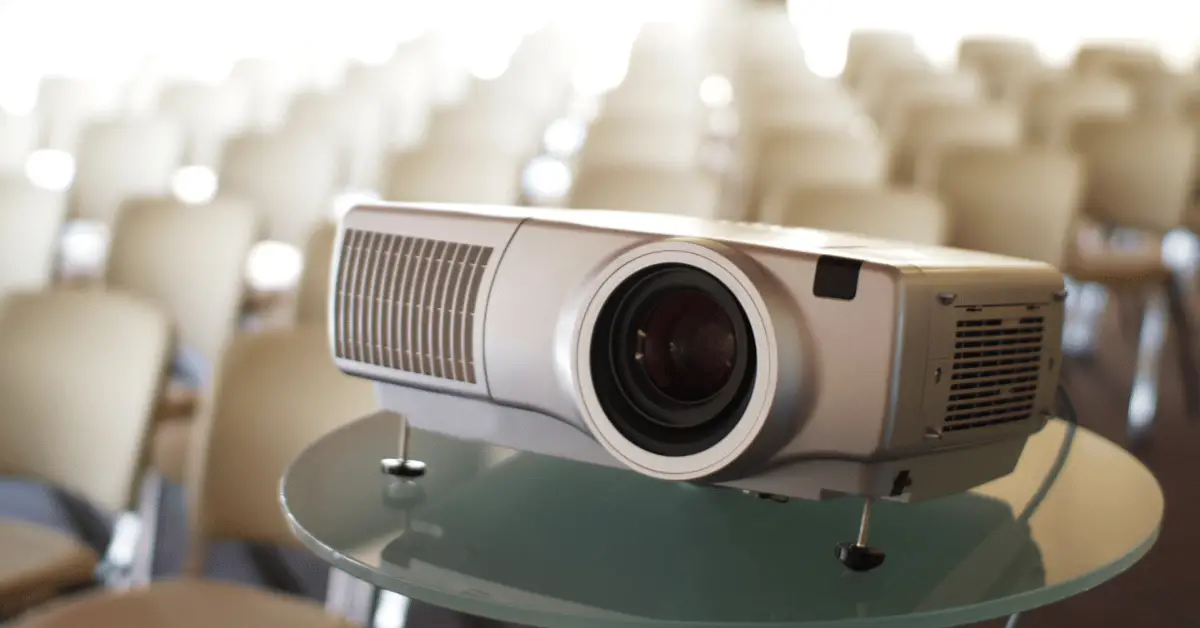Projectors are an increasingly popular technology used in a wide range of settings, from classrooms and boardrooms to home theaters. A projector is a device that projects an image or video onto a large screen or surface, making it ideal for presentations, media consumption, and gaming. However, with so many different types and models available, choosing the right projector for your needs can be a challenge. In this article, we will explore what a projector is and what to look for when choosing the right one for your needs. Whether you’re setting up a home theater or a classroom presentation, understanding these key factors can help you get the most out of your projector.
Table of Contents
What is a Projector? What to Look for in a Projector?
Projectors have become an increasingly popular technology in recent years, with applications ranging from home theaters to classrooms and boardrooms. A projector is a device that projects an image or video onto a large screen or surface, making it ideal for presentations, media consumption, and gaming. If you’re in the market for a projector, there are several factors to consider before making your purchase. In this article, we will explore what a projector is, what to look for when choosing the right one for your needs, and some of the most popular types of projectors available on the market today.
What is a Projector?
A projector is a device that projects an image or video onto a large screen or surface. The image is typically produced by shining a light source onto a small LCD or DLP chip, which projects the image onto a larger screen or surface. Projectors are used in a wide range of settings, from classrooms and boardrooms to home theaters and outdoor movie screenings.
What to Look for in a Projector?
When choosing a projector, there are several factors to consider, including:
Brightness
Brightness is one of the most critical factors to consider when choosing a projector. Brightness is measured in lumens, and a higher lumen count means a brighter image. The ideal brightness level will depend on your specific needs and the environment in which you plan to use the projector.
Resolution
Resolution refers to the number of pixels in the image or video that the projector produces. Higher resolution projectors offer sharper and more detailed images, but they also tend to be more expensive. The ideal resolution will depend on your specific needs and the type of media you plan to project.
Contrast Ratio
Contrast ratio refers to the difference between the brightest and darkest parts of the image. A higher contrast ratio offers a more vibrant and detailed image, making it ideal for home theater applications.
Lamp Life
Lamp life refers to the number of hours that the projector’s lamp will last. The longer the lamp life, the less frequently you will need to replace it.
Keystone Correction
Keystone correction is a feature that allows you to adjust the projector’s image to compensate for distortion caused by the projector’s angle or position. Keystone correction is essential for ensuring that the image is properly aligned and not distorted.
Types of Projectors
There are several different types of projectors available on the market today, including:
Home Theater Projectors
Home theater projectors are designed for use in a home theater setting and offer high resolution and contrast ratio, making them ideal for watching movies and TV shows.
Business Projectors
Business projectors are designed for use in a corporate setting and offer high brightness and connectivity options for use in presentations and meetings.
Short-Throw Projectors
Short-throw projectors are designed to produce a large image from a short distance, making them ideal for small rooms or presentations in tight spaces.
Conclusion
In conclusion, a projector is a device that projects an image or video onto a large screen or surface. When choosing a projector, it’s essential to consider factors such as brightness, resolution, contrast ratio, lamp life, and keystone correction. There are several different types of projectors available on the market today, each with its unique features and capabilities. By understanding these key factors and the different types of projectors available, you can choose the right projector for your needs and enjoy a high-quality viewing experience.

